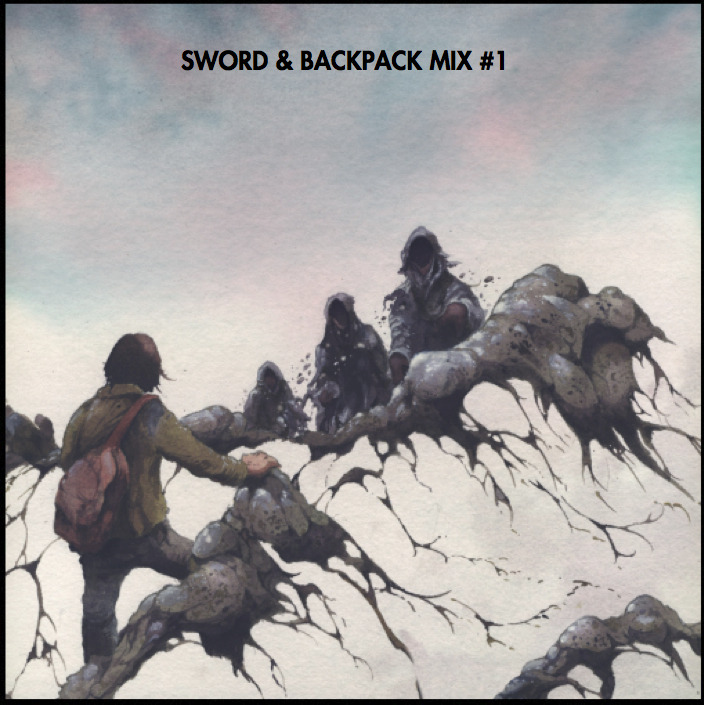The Magi are a group of itinerant fortune tellers found throughout the Strange Stars but particularly in the Zuran Expanse. Viewed variously as mystics, cultists, or charlatans, and often treated with suspicion whatever the judgement, the Magi care about the opinions of other sophonts only to the degree it impacts their quest for enlightenment.
While baseline humanoid in appearance, Magi have a modified neural structure: The linkages within the reflexive system are enhanced, as is prefrontal-parietal interconnectivity. The result is enhanced intuitive and lateral thought processes and the ability to utilize controlled dreamlike states of consciousness. Another consequence of this restructuring (not fully appreciated when it was implemented millennia ago) is greatly enhanced precognition.
The Magi use these abilities (or tell customers they use them) for fortune-telling. Like all fortune-tellers before them, they’ve found that discerning what the client wants to hear and telling them that rather than giving vague impressions of the actual future is generally more likely to generate referrals and return business. Magi favor an elaborate cartomancy using a deck they call the Zener Tarot (suits of Circles, Crosses, Waves, Squares, and Stars), a series of questions (many wholly unrelated to the question at hand), and some physiologic biometric assessment of the client. Which parts of this protocol and necessary and which are just for show is a closely guarded secret.
Magi are also sometime gamblers. They enjoy almost any game of chance. They are often accused of cheating and find it prudent to leave the area quickly after any significant win.
What really concerns the Magi and drives their wandering isn’t the future, but the nature of reality. As an order (perhaps as a glitch in their neural arrangement) they are haunted by contemplation of the simulation hypothesis: they fear the world as they perceive it is only a computer simulation. Their hypercognitions and precognitions only fuel this ontological fear. The Magi search for either conclusive proof these fears--the final “tell” that will give away the game--or evidence of the transcendent uncomputability of universe, a concept they hold in awe and fear like unto a god.
6 hours ago






















